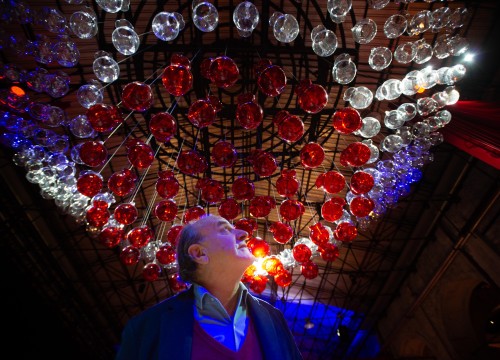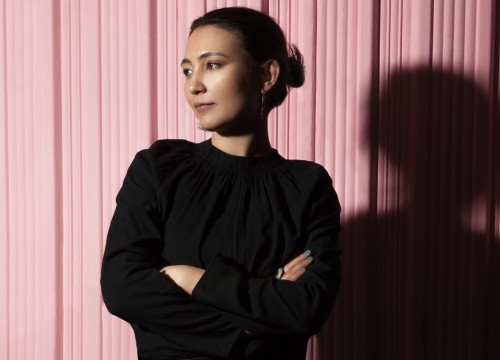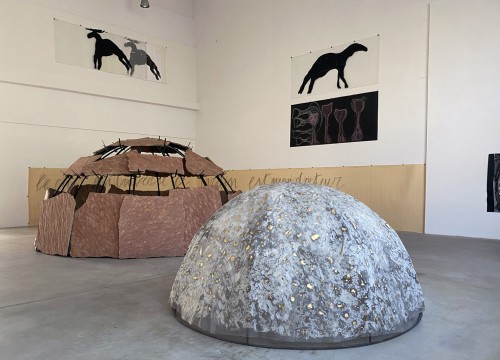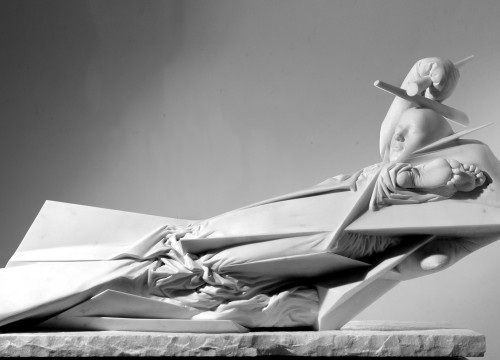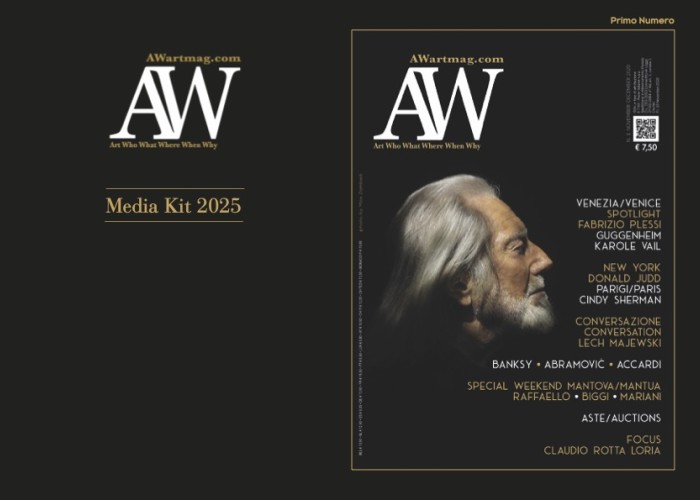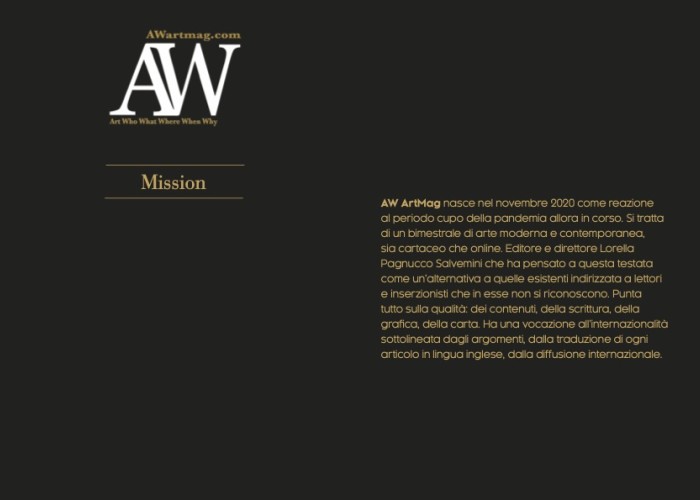On display 40 works created by the two masters between 1974 and 1978
The compositions of Elio Marchegiani and Enzo Cacciola, started around the middle of the ‘70s, refer to the “analytical painting” of which they are considered initial exponents, notably for the attention they paid to the pictorial-material aspect of materials. The exhibition “Marchegiani-Cacciola. Dall’intonaco al cemento”, curated by Bruno Corà and open until the 5th of February at the Galleria Ferrarin-Arte in Legnago (Verona) and at the Kromya Art Gallery in Verona (preview Palazzo Ravasio, Verona, 11th of December), intends to highlight this important creative moment through the exhibition of forty works by the two artists created between 1974 and 1978. In particular, Marchegiani’s plasters find themselves interacting with Cacciola’s cements, created using this material and asbestos on canvas. Corà writes: “In the same years, Cacciola’s cement painting have followed the plasters of Marchegiani, like an ideal handover”. Marchegiani always liked transferring the role of the cryptic message to the image, often declined on an ironical basis, in a research focused on the concept he used to repeat, “make things for making think about things”.
ELIO MARCHEGIANI'S PLASTERS FIND THEMSELVES INTERACTING WITH ENZO CACCIOLA'S CEMENTS
For his part, Cacciola embarked on a conceptual and compositional path which “started manifesting itself on the ‘wall’ support and then on plaster”, later flowing, in 1974, in the asbestos and cement canvas. The thing attracting him, “because of its militant political tension” (Corà) was the artworks production, as Cacciola himself stated, which are capable of “operating in an ideological sense within the art category”. The show springs from a Marchegiani’s provocatory statement, who understood the importance of comparing his plasters – echoing the parietal support of the origins, including all the technical-cultural skills ranging from the rock paintings to the history of art greatest frescos (Let’s just think to Leonardo’s Last Supper) – with the use of cement made by Cacciola, meant as the last declination of the support and as mirror of contemporality. An event that stimulates a thought which goes beyond every critical encapsulation of the so-called analytical painting, opening new hermeneutical perspectives. So, as Corà underlines: “The real main character of this ‘convention/exhibition’ is the painting praxis in time, that is the combination of attitudes, conceptions, methods, supports and techniques used by the artists”.
THE SHOW SPRINGS FROM A MARCHEGIANI'S PROVOCATORY STATEMENT ON THE IMPORTANCE OF COMPARING HIS PLASTERS WITH CACCIOLA'S CEMENTS
A meeting, hence, this one between Marchegiani and Cacciola, that is as emblematic as necessary for restudying the history of art starting from its supports.











